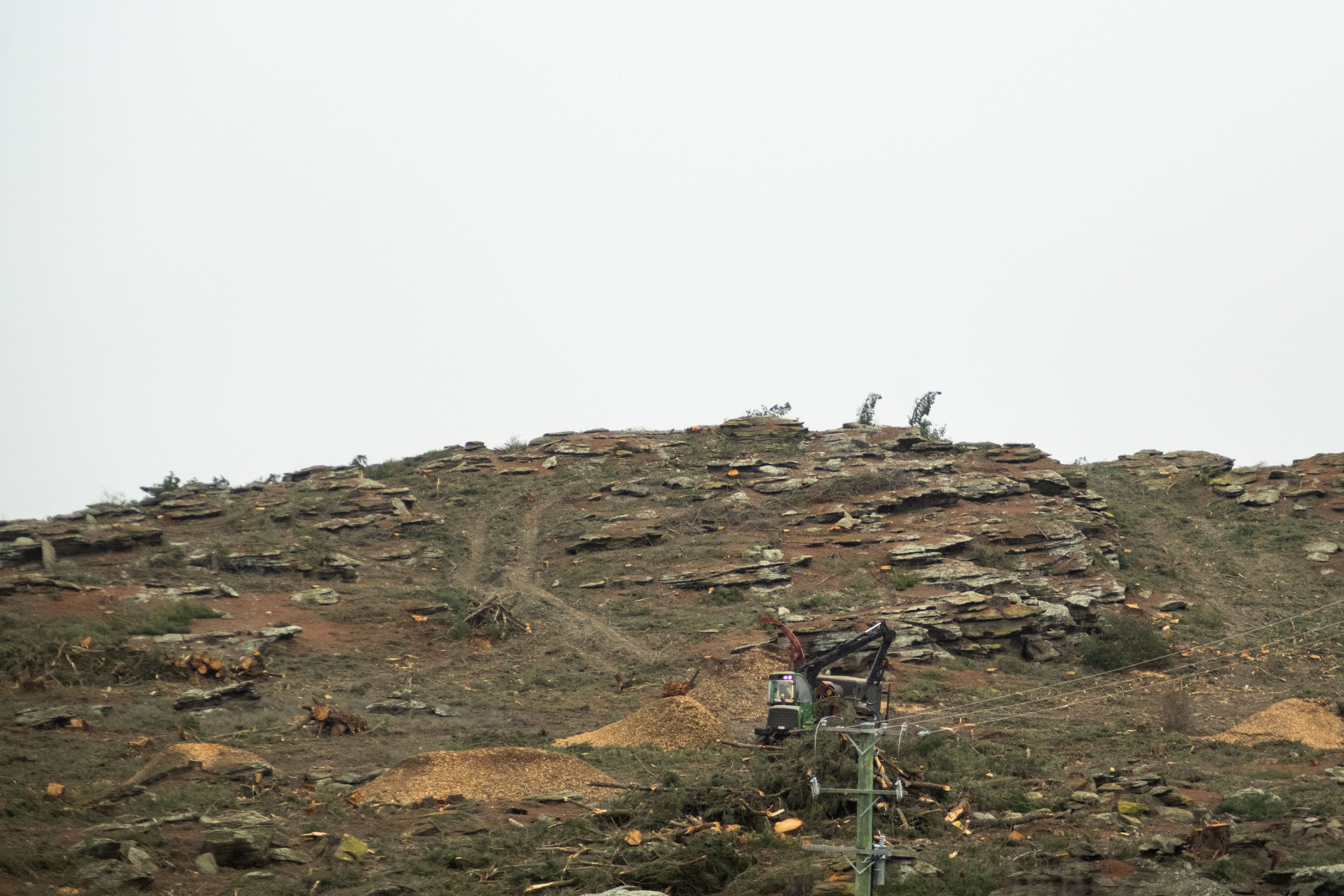The Half Mile Recreation Reserve near Alexandra reopened to the public on Tuesday following the controversial felling of pine trees which had closed the reserve since the start of June.
Felling was the first stage of the reserve’s restoration, after the trees were deemed a significant seed source for wilding pines and subsequently earmarked by the Central Otago District Council (CODC) and Central Otago Wilding Conifer Control Group for removal.
Part way through the project, the council extended the reserve’s closure by two weeks, until July 9, due to the extra care required to protect the lizard habitats within the site.
The reserve was due to reopen on Monday, until council extended it to Tuesday citing ‘‘unforeseen circumstances’’.
However, the council has since told The News this was ‘‘poor word choice’’ and it was due to public safety as the contactor removed large logs from the site.
CODC parks and reserves manager Gordon Bailey said the protection of the lizards was a priority for the council and members of the public.
‘‘Their protection was paramount; this also came loud and clear from members of the community too,’’ Mr Bailey said.
‘‘To ensure this happened, we made sure the trees were felled with minimal impact on any lizard habitat.’’
Council engaged a qualified herpetologist to be on-site throughout the felling period, working under approved protocols from the Department of Conservation to guide the felling of trees within the sensitive area.
The council would leave some of the felled trees on-site to protect the lizard habitat on advice from the herpetologist, Mr Bailey said.
‘‘There are a few trees that will need to be left lying on-site, as they would significantly impact the surrounding lizard habitat.’’
Most of the larger slash was chipped while, under the herpetologist’s advice, smaller slash was left on site to naturally decompose, protecting the lizard habitat.
It was anticipated that the number of lizards would slowly increase over time as a habitat more sustainable for lizards developed, Mr Bailey said.
CODC group manager community experience David Scoones said replanting of the area would begin in 2024, when the council would work with interested community groups on restoring the reserve.
‘‘We’d like to thank the community for its interest in, and passion for, this reserve and its future, and we look forward to working with you towards its restoration to create a community space that will encourage wider use of this reserve,’’ Mr Scoones said.
The felling of the wilding conifers has been a topic of much debate in the community since the council first moved to fell the pine trees in October 2021.
At the time, a lack of public consultation raised the ire of residents in the Bridge Hill area who used the reserve for recreation.
Public submissions on the issue were received last year, and in January, the Vincent Community Board agreed to the removal of wilding conifers at the reserve, but in a staged approach.
The CODC waded in on the issue at its last meeting on March 8, after the community board sought clarification on whether the staged removal of trees was permitted under the council’s Wilding Conifer Control Policy, which was adopted in July last year.
After heated discussion, Mayor Tim Cadogan’s casting vote decided staged removal was not allowed under the policy.





